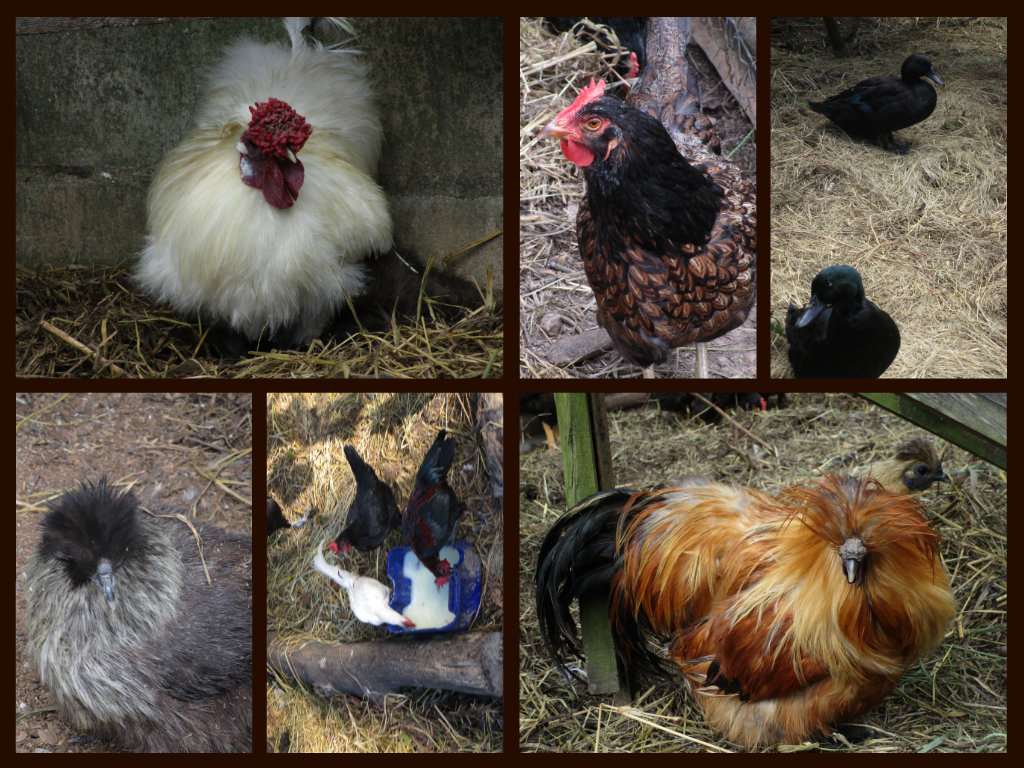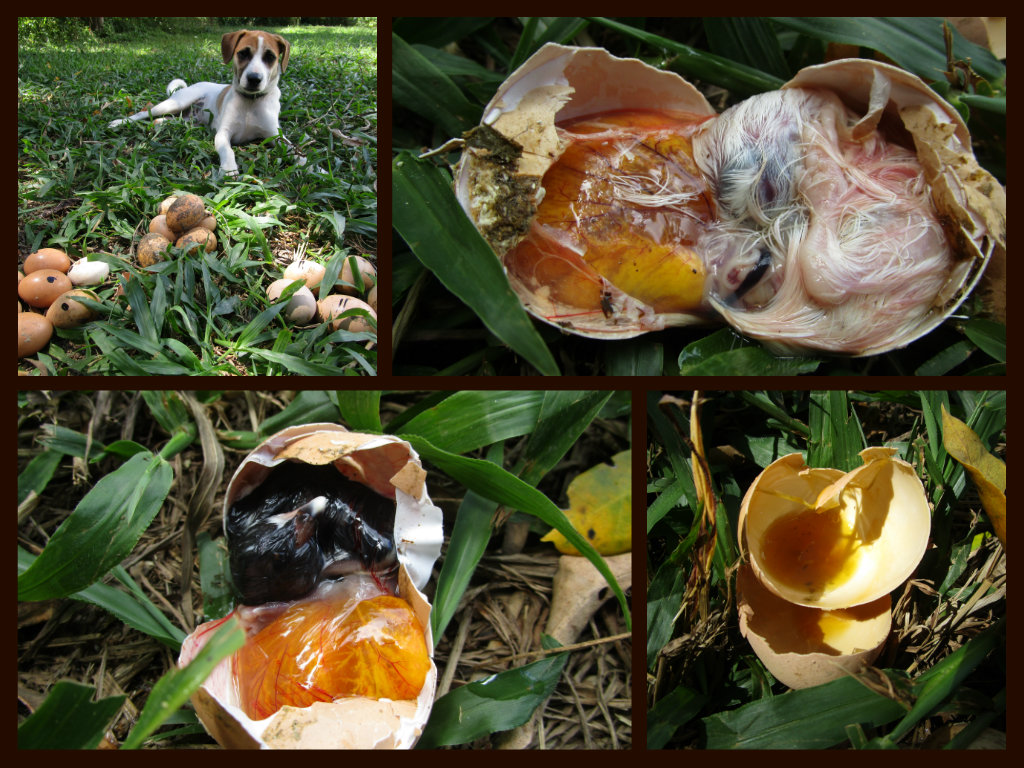

Back to Khadija Kandil's profile
Posted by Khadija Kandil almost 10 years ago
In over half an hour, I will be slaughtering a duck and a female goose. I like to use the word slaughter rather than kill as it adds purpose to an otherwise heedless act. On YouTube, I saw a video of Joel Salatin and he spoke words similar to, for there to be life, there must be sacrifice. For some to live, others must die. I am a little anxious because of the sounds ducks and geese make when they are frightened. It sounds like begging.
In one of the best books I have ever read on science, humans, animals and anthropomorphology, When Elephants Weep by Jeffery Moussaieff it asks the question, if they do not feel, then why do they cry out?
My name is Khadija and I am a PRI Practical Certificate student here at PRI Sunshine Coast. One of my main jobs is to look after the chook and duck system, which is a deep litter, multi-coup layout based on age. The system provides our daily egg, poultry meat, compost and lightweight entertainment needs. There is nothing as wonderful in the morning as a pullet standing on my hat or as delightful as a newly hatched chick peeking out between mum’s downy feathers.
Permaculture promotes completeness and closing the gaps. Where life exits, so does dying. Sometimes they die when left on there own and other times when I slaughter them. Sometimes, because I am learning. On special days, they are born.
In the space of roughly three weeks, four hens became broody and approximately six eggs were given to each. Two chickens hatched but all others died. We have been having this challenge with previous nests also, and I intended to solve this puzzle.
Too much humidity? Too much heat or too little of both? Mother bothered by too many mites? Not strong enough for the 21 day incubation period?
After I was sure the mothers had abandoned their eggs, I collected all of them to observe the stage of growth or potential bacterial invasion. Had they been fertilised and at which stage was development halted? How can we improve our practice for next time?
Those who sat were a mixed breed, two Bantams and a Barnevelder.

The first little that I checked was that of a bantam.
Here is what I observed. Out of five, there were two unfertilised and three others, almost fully formed, dead before they had absorbed the placenta into their abdomens. Perhaps 18 days out of the 21-day gestation period.

As I was cracking the second set, I heard a chirp. Tom Kendall brought out the incubator and with an anxious mind, I put all the eggs in and waited. Over the next two days, two Barnevelders hatched from broken eggs. They are beautiful and wild coloured. It was not a complete disaster because those two little babies are sweet and lovely.
My question about the death of the eggs still hasn’t found its answer, but there is another broody hen and I am hopeful. She’s rather mean and very attentive to her eggs, repeatedly rearranging them and sitting just right. She digs holes into me if I try to touch her, which is a wonderful sign.

You must be logged in to comment.



| Permaculture Design Certificate |
| Type: Permaculture Design Certificate (PDC) course |
| Teacher: Geoff Lawton |
| Location: Dead Sea, Jordan |
| Date: Oct 2013 |

| Permaculture Design Certificate |
| Type: Other |
| Verifying teacher: Abdur-Rahman McCausland |
| Other Teachers: Salah Hammad |
| Location: PRI Jordan |
| Date: Apr 2014 |

| Tree Management |
| Type: Gardening |
| Teacher: Miles Durand |
| Location: PRI Jordan |
| Date: Nov 2013 |

| Soil, Food and Health Internship |
| Type: Internship |
| Teacher: Kay Baxter |
| Location: Koanga Institue, New Zealand |
| Date: Sep 2014 |

| Practical Certificate Program |
| Type: Other |
| Teacher: Tom Kendall |
| Location: PRI Sunshine Coast |
| Date: Jan 2015 |